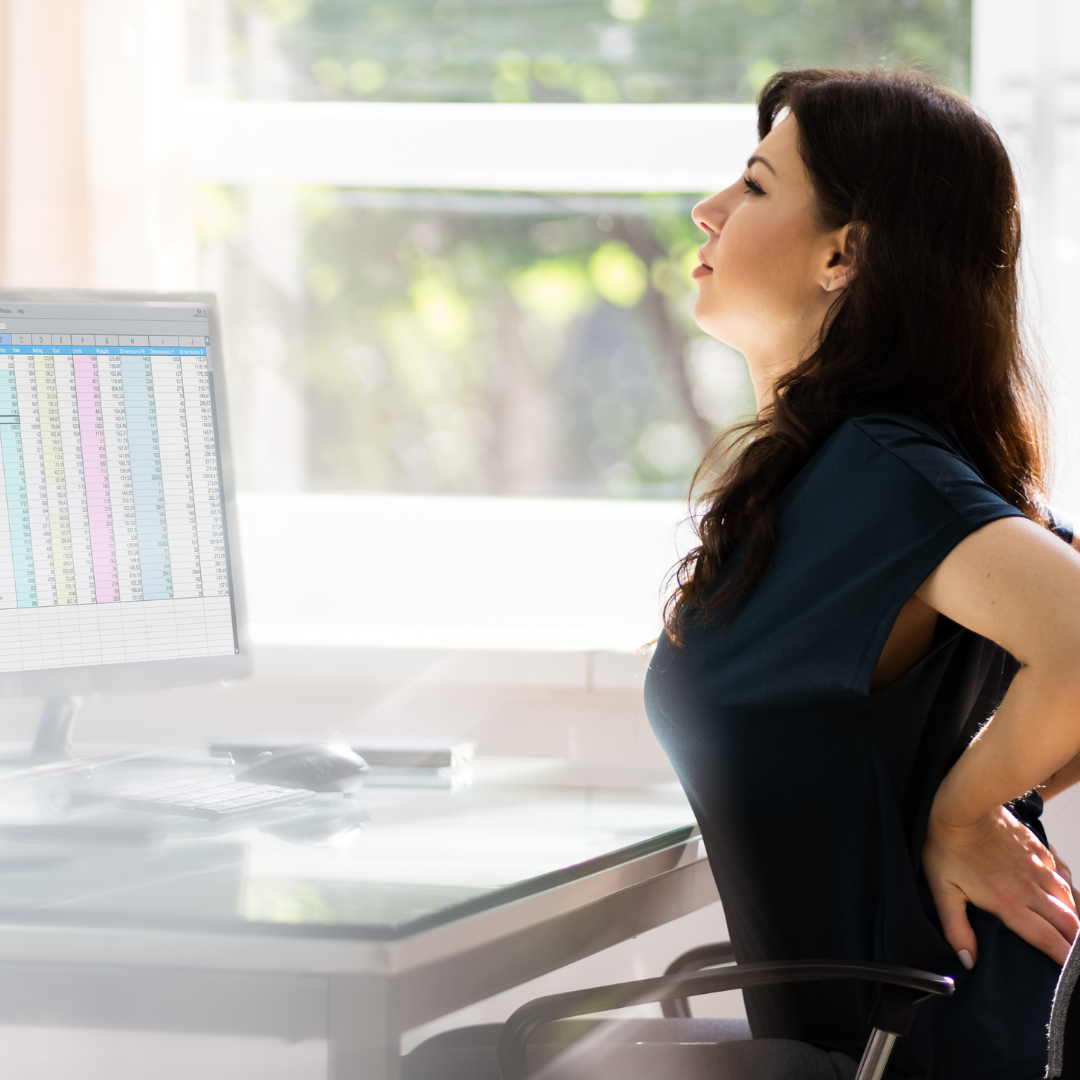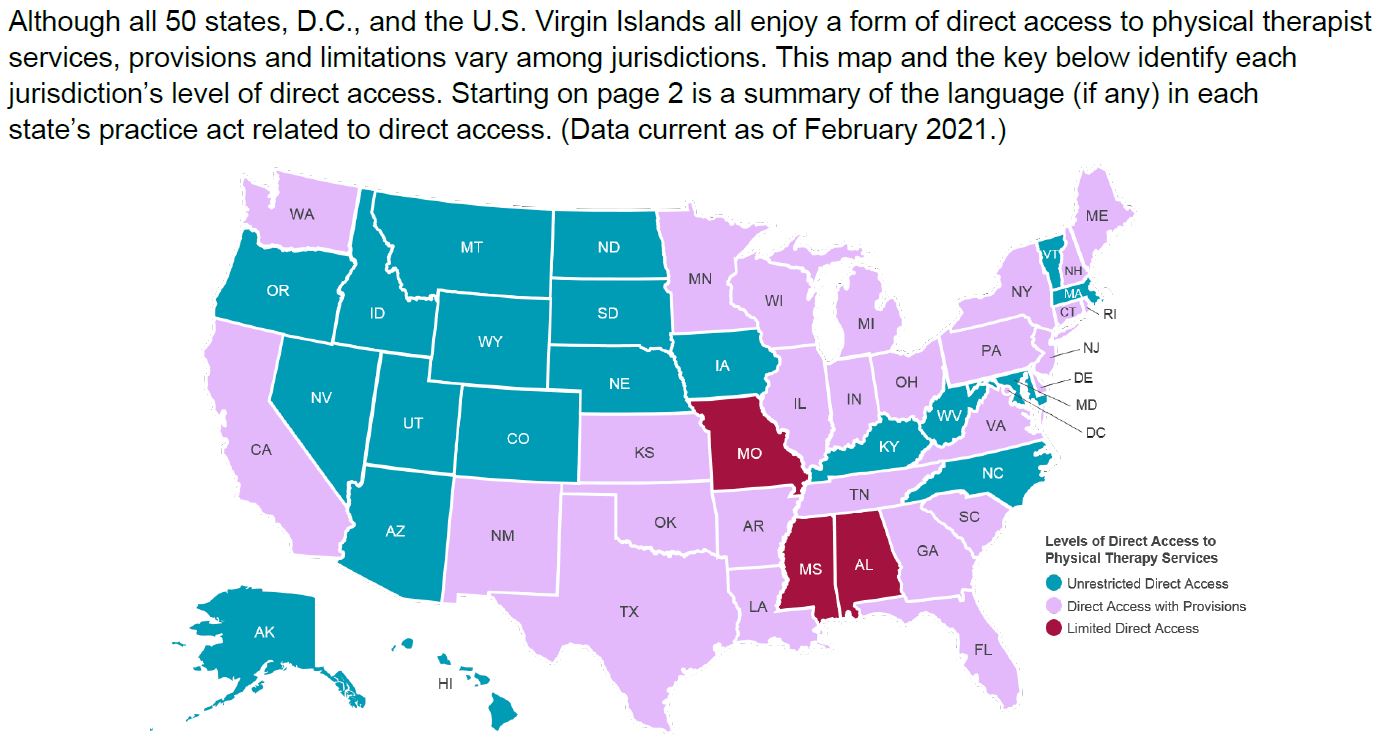by Tim Liu, PT, DPT
With the tennis season in full swing and people out on the tennis courts, you may have noticed several individuals using an unloading strap just below their elbow. You may have wondered what exactly are they wearing these straps for:
- Are they some sort of brace that will help me hit stronger, bigger ground strokes and serves?
- Is it something actually helping correct some sort of elbow disorder or pain?
- Is it something that I might benefit from?
Hopefully this article will help answer some of these questions and give you a better understanding of unloading straps and tennis elbow.
Tennis elbow aka lateral epicondylitis, typically involves inflammation of the tendon of extensor carpi radialis brevis muscle. The tendon can be irritated by one acute traumatic injury or strain or can be a result of chronic overuse. Approximately 1-3% of the population will have lateral epicondylitis.1 The pathology is not limited to tennis players, but can affect individuals who perform repetitive type activities with the hand and wrist such as use of tools, typing, machinery use and other various repetitive hand and wrist activities. However it is estimated that approximately 50% of tennis players will experience some sort of lateral elbow pain of which 75% is lateral epicondylitis.2 People who experience acute or chronic lateral epicondylitis would be candidates to use an unloading strap during aggravating activities. While most people enjoy the results they receive from wearing the unloading strap, it is not a solution to the inflammation at the tendon and other contributing factors still present.
The unloading strap is an over the counter brace or strap that is typically a firm material and often has a small pad, which is placed right over the tendon region just below the outside of the elbow. Most straps have an adjustable Velcro strap in order to apply sufficient pressure to the tendon on the outside of the elbow. The application of pressure is indicated approximately 2.5 cm below the outside of the elbow is thought to act as an artificial origin for the muscles involved in tennis elbow.3 This is thought to reduce the strain to the actual injury location on the tendon as it inserts onto the outside of the elbow. The typical analogy is to that of a fret and a guitar string. When the string is pressed down on the fret, the tension above in the string is reduced.3 The result is that the individual is able to still maintain effective use of the muscle without increasing stress to an already injured and painful tendon. A recent study demonstrated immediate improvements in grip strength and reduction in pain after application of the unloading strap in individuals who presented with lateral epicondylitis or tennis elbow.3
Physical therapy can play an important role in the management and resolution of lateral epicondylitis/tennis elbow. While a Physical Therapist may initially recommend use of an unloading strap for relief during aggravating activities, a Physical Therapist will be able to investigate and identify underlying causes that may have contributed to the onset and recurrence of the lateral epicondylitis. They will also be able to provide and instruct appropriate stretching and strengthening exercises along with performing a variety of manual therapy techniques to help with changes in the soft tissue and pain at the lateral epicondyle. Physical Therapists at BreakThrough Physical Therapy in Sunnyvale, CA, have enjoyed working with patients who have suffered an onset of lateral epicondylitis and are eager to help patients get back to activities they were previously unable to enjoy due to their tennis elbow.
Tim Liu PT, DPT is an avid recreational tennis player and enjoys working with patients who share a similar passion for tennis. Tim currently serves as Physical Therapist at BreakThrough Physical Therapy in Sunnyvale, CA.
References
- Lateral Epicondylitis. http://emedicine.medscape.com/article/96969-overview#a0199 Accessed July 10,2014.
- Gruchow H W, Pelletier D. An epidemiologic study of tennis elbow. Incidence, recurrence, and effectiveness of prevention strategies. Am J Sports Med 1979.7234–238.238
- Jafarian F, Demneh E, Tyson S. The Immediate Effect of Orthotic Management on Grip Strength of Patients with Lateral Epicondylosis. J Orthop Sports Phys Ther. 2009;39:484-9



